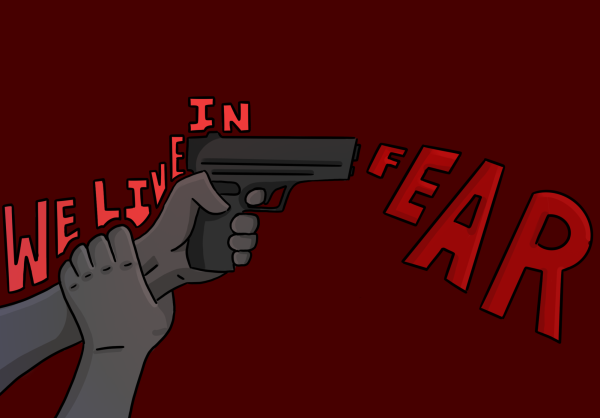The Bechdel Test – Encouraging the Conversation About Women in Fiction
In media today, there is an incredible amount of gender inequality. In films, 31% of speaking roles are occupied by females, 23% of films feature a female protagonist, and 10% of films have a gender balanced cast, according to the Geena Davis Institute on Gender in Media. Somehow, despite this humongous difference, many people do not notice the inequality. To make people more aware of the gender bias in fiction, there is the Bechdel Test.
The Bechdel test judges gender bias by asking if a work of fiction features at least two women who talk to each other about something other than a man. Sometimes the requirement is added that both characters speaking must be named. The test is named after American cartoonist, Alison Bechdel who had a character in her comic strip, “Dykes to Watch Out For,” who voiced the idea. Surprisingly, only about half of all contemporary films pass the test.
“The comic was originally meant as a little lesbian joke in an alternative feminist newspaper,” said Bechdel. The test became much more popular in the 2010s and has been described as “the standard by which feminist critics judge television, movies, books, and other media.” For many, it is a way to decide what movie to watch and even if the movie is “woman-friendly.” Originally, the test was used only to rate movies but now it is commonly used to test all forms of fiction.
Neda Ulaby, reporter for National Public Radio has been quoted saying the Bechdel test still resonates because “It articulates something often missing in popular culture: not the number of women we see on screen, but the depth of their stories, and the range of their concerns.”
A common question regarding the test is, “what is wrong with women talking about men?” Although nothing is wrong about two women discussing men, there is a large problem with men being the only thing they talk about. Men have conversations with other men about their feelings, ideas, and the plot. They are constantly solving problems, offering advice, and moving the story along. When you don’t get to hear those same things from women, are they really a part of the story? Women talking only about men keeps those men as a focus and doesn’t allow for the women to be characters themselves.
To many, the Bechdel test seems silly because what kind of movie wouldn’t pass? It is much more common than you would think. Some examples of popular films that don’t pass the test are every “Lord of the Rings” movie, every “Star Wars” movie, “Avatar,” “The Little Mermaid,” “Willy Wonka and the Chocolate Factory” and “Ferris Bueller’s Day Off.” Also, 10 out of 14 Pixar films.
The Bechdel test did not come without criticisms. There are many limitations in what it can do. For example, a work may pass the test and still contain sexist content. Also, there is question on how conversations are defined. Does a reference to a man at any point within the conversation that also covers other topics invalidate the entire exchange? Although there might be flaws in the test, they are beside the point. Even if the Bechdel Test is not perfect, it is just the start of a conversation about how marginalized women still are.
The gender inequality in films is just one of many ways that all genders do not have equal rights today. The fact that the bias isn’t commonly recognized, shows deeply ingrained sexism. If you were to watch a movie where the roles were reversed, consider how long it would take you to notice. Next time a movie is on, pay attention to whether or not it passes this test, the results might be surprising.









